Understanding the distinction between probate and non-probate assets is pivotal in crafting an effective estate plan.
We would like provide you with a detailed guide on one of the fundamental aspects of probate: Probate vs. Non-Probate Assets.
Imagine your estate as a puzzle, composed of various pieces. Some of these pieces go through a legal process called probate after your passing, while others can seamlessly pass to your loved ones without court involvement. Understanding the difference is crucial in ensuring your assets are handled as per your wishes.
Probate Assets:
Probate assets are those that must go through the probate process after your demise. Probate is the court-supervised process of authenticating your will (if you have one), appointing an executor, and distributing your assets to your heirs or beneficiaries. Here are some key examples of probate assets:
- Solely Owned Real Estate: If you solely own real property, such as a house or land, it will typically go through probate unless other arrangements are made.
- Bank Accounts in Your Sole Name: Bank accounts solely in your name are generally considered probate assets, even if they are jointly owned with someone else.
- Personal Property: Tangible personal property like jewelry, artwork, and vehicles may also go through probate if not specifically addressed in your estate plan.
- Assets Without Designated Beneficiaries: Assets like retirement accounts, life insurance policies, and investment accounts without designated beneficiaries can become probate assets.
Non-Probate Assets:
Non-probate assets, on the other hand, bypass the probate process and transfer directly to your chosen beneficiaries. These assets are typically designated to specific individuals or entities, ensuring a smoother transition of wealth. Here are some common non-probate assets:
- Jointly Owned Property: Property held jointly with rights of survivorship automatically passes to the surviving owner(s) without the need for probate.
- Payable-On-Death (POD) Accounts: Bank accounts or certificates of deposit with designated beneficiaries are non-probate assets and transfer directly to the named individuals upon your passing.
- Transfer-on-Death (TOD) Securities: Similar to POD accounts, TOD securities designate specific individuals to inherit the assets without probate.
- Revocable Living Trust Assets: Assets held within a revocable living trust allow for seamless transfer to beneficiaries without probate involvement.
- Life Insurance with Named Beneficiaries: Life insurance policies that name specific beneficiaries are non-probate assets.
Understanding the distinction between probate and non-probate assets is pivotal in crafting an effective estate plan. Our team at Anthony Rinaldi & Company specializes in tailoring estate plans that minimize the probate process, reduce costs, and ensure your assets are distributed efficiently to your loved ones.
Remember, every individual's estate is unique, and the best approach may vary. Consult with our experienced attorneys to discuss your specific circumstances and create a personalized plan that aligns with your goals.
Let us simplify the complexities of Estate Planning and Probate for you. Contact us today to schedule a consultation and take the first step towards securing your legacy. Your peace of mind is our priority.

